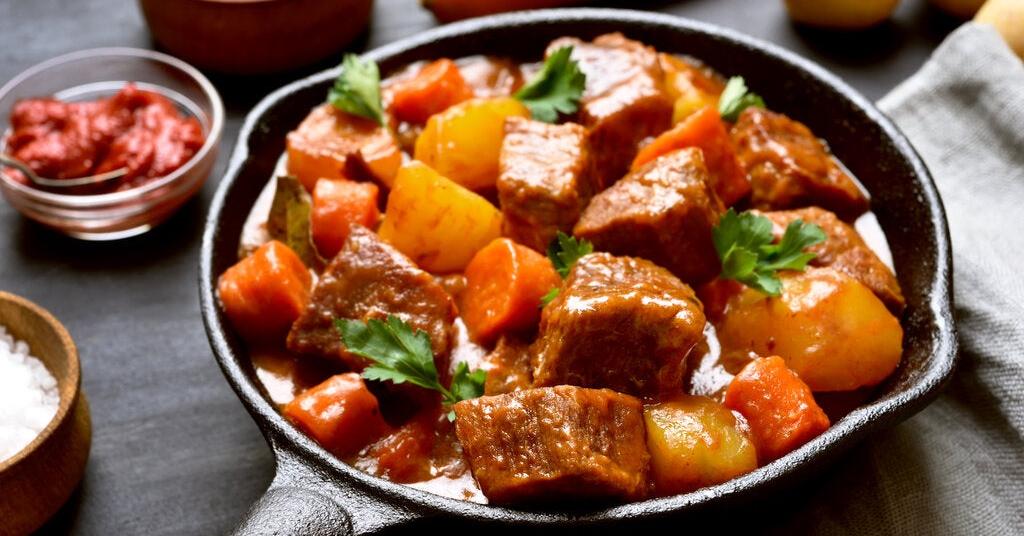When it comes to cooking meat, understanding the various cuts and their culinary uses is essential for creating delicious and satisfying dishes. From tender steaks to hearty stews, each cut offers unique flavours and textures that can elevate your culinary creations. This article will take you on a flavorful journey through different cuts of meat, including steak, and explain their best culinary uses. So, grab your apron and dive into the world of meat cuts!
Ribeye Steak
If you’re a steak enthusiast, the ribeye steak should be your go-to choice. This cut comes from the rib section of the cow and is known for its marbling, which adds incredible flavour and juiciness to the meat. Ribeye steaks are perfect for grilling or pan-searing, and their tenderness makes them a favourite among steak lovers. Serve it medium-rare for a melt-in-your-mouth experience.
Fillet Mignon
Fillet mignon, often referred to as the king of steaks, comes from the tenderloin area of the cow. It’s incredibly lean and tender, making it the perfect choice for those who prefer a buttery, melt-in-the-mouth texture. Fillet mignon is suitable for a wide range of steak recipes, and it pairs wonderfully with a red wine reduction or a peppercorn sauce.
T-Bone Steak
If you can’t decide between a tenderloin and a strip steak, the T-bone steak offers you the best of both worlds. This cut features a T-shaped bone with meat on either side—the tenderloin on one side and the strip on the other. It’s great for grilling, and the combination of tender and flavorful meat is a true steak lover’s delight.
Sirloin Steak
Sirloin steak, taken from the sirloin section of the cow, offers a robust beefy flavour and a slightly firmer texture compared to the tenderloin cuts. It’s a versatile choice that can be grilled, broiled, or pan-seared. Sirloin steaks are excellent for slicing and use in stir-fries, salads, or fajitas, making them a versatile option for a variety of dishes.
Chuck Roast
Moving away from steaks, here is a cut that’s ideal for hearty stews and braised dishes—the chuck roast. This cut comes from the shoulder area of the cow and is well-marbled with connective tissue, making it perfect for slow cooking. When simmered in a flavorful broth, chuck roast becomes tender and develops a rich, savoury flavour, making it the star of dishes like pot roast and beef stew.
Brisket
Brisket is a cut that’s often associated with barbecue excellence. This large, tough cut comes from the breast area of the cow and is known for its incredible flavour when slow-cooked. Smoking or slow-roasting brisket results in tender, succulent meat with a smoky aroma that’s hard to resist.
Short Ribs
Short ribs are another cut that’s perfect for slow cooking. These meaty, well-marbled ribs come from the lower chest area of the cow and offer a rich, beefy flavour that explodes with every bite. Slow-braising or stewing short ribs creates tender, fall-off-the-bone meat that pairs wonderfully with a variety of sauces and seasonings.
Ground Beef
Ground beef is a versatile choice that can be used in a wide range of dishes, from burgers and meatballs to tacos and spaghetti sauce. It’s made from various cuts of meat and is available in different lean-to-fat ratios. Choose the right ratio based on your recipe, and let your culinary creativity run wild with this adaptable ingredient.
The Bottom Line
In conclusion, exploring the world of meat cuts, from the indulgent tenderness of ribeye steak to the rich flavours of short ribs, opens up a world of culinary possibilities. Each cut has its own unique characteristics and culinary uses, allowing you to create a wide variety of delicious dishes. So, whether you’re grilling a steak for a special occasion or simmering a hearty stew for a cosy meal, understanding these meat cuts will help you elevate your cooking to the next level.
